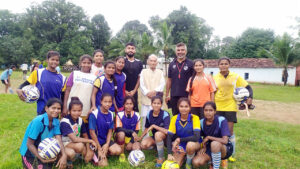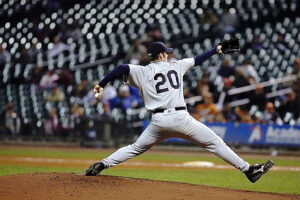Know how some of the common wrist injuries can be diagnosed and treated
According to a Scandinavian study involving about 300,000 golfers—who played the sport regularly—were found to have 40% decreased mortality rate compared to others. Experts also believe that the sport exposes the player to the benefits of moderate to high intensity exercises. Despite such positive aspects, the sport has its own negatives as well. It leads to injuries. And, one of the most commonly-affected parts of the body is the wrist. Studies have pointed out that certain areas or sides in the body get affected in golfers due to the biomechanical needs of an asymmetrical swing. For example, a right-handed player may suffer from Extensor Carpi Ulnaris (ECU) injuries on the left wrist, if he or she takes the lead from the left side. Besides the wrist, a golfer may also develop injuries of the back, shoulder, elbow and hips. In this article, the various injuries related to the wrist have been discussed.
Wrist Tendonitis
It is common among golfers, who play the sport with much aggression. Such players are likely to suffer from tendon irritation at the wrist. This condition is known as wrist tendinitis. In most cases, experts have found out that the irritation can occur on either the front or back of the wrist. It generally affects the leading hand (left hand for a right-handed player and vice-versa).
Symptoms
- Pain is experienced on the front or back of the wrist or forearm
- The player may exhibit tenderness of the wrist
- Excruciating pain with gripping, flexing, or extending of the wrist
Diagnosis
Diagnosis is done by history and physical examination. X-rays do not show tendonitis. However, they may be obtained to rule out other injuries. Other imaging such as ultrasound or MRI could be prescribed.
Treatment
It is treated almost always without surgery. Usual treatments include activity modification, anti-inflammatory drugs, bracing, and therapy. If all such treatments fail, injection of a stronger anti-inflammatory medication or a steroid can be recommended.
Hamate Bone Fracture
The hamate is a small bone in the wrist. It looks like a wedge with a hook sticking out of it. The hook, which is located on the palm side of the hand, is narrow and has a tendency of breaking off. When a golfer’s club strikes the ground, the hard handle kicks back against the hook and may break or crack it.
Signs and Symptoms
- Players may experience pain in the heel of the hand
- They may also feel the pain while gripping
- Swelling is noticeable
- Bruising may exist
- Numbness or tingling in the pinky and ring fingers
- Loss of small finger bending
Diagnosis
Diagnosis starts with history and physical examination. X-rays are often enough to detect the fracture. However, it may be missed at times. The hook can be hard to spot in X-rays. If the initial x-rays do not show the fracture, other specialised angled views may be recommended. Computerized tomography (CT) scan or MRI can also be ordered.
Treatment
Some simple fractures are treated without surgery. The treatment involves a cast or splint for six weeks. This is followed by hand therapy. It helps to regain range of motions. If the injury is not responding to non-operative care, surgery is done to remove the broken hook. Any rough edge of the bone may also be removed. Without the hook, the hand, wrist, and fingers can function normally. It can also be fixed with a screw.
Know the injury
Based on the location of the wrist pain, various forms of injuries can be grouped into three categories. They are as follows:
- Ulnar wrist pain: Extensor carpi-ulnaris (ECU) subluxation or instability; ECU tenosynovitis; Triangular fibrocartilage complex (TFCC) injury; ‘Fat shot’ pain
- Radial wrist pain: De-Quervains tenosynovitis; Intersection syndrome; 1st Carpometacarpal (CMC) joint injury; Hamate fractures; Carpal Tunnel syndrome (CTS)
- Dorsal wrist pain: Ganglia; Extensor synovitis
Training aides to help manage the symptoms
There are several training aides available to help manage the symptoms and speed up the recovery process. A dorsal blocking splint can be used during training. It prevents excessive wrist extension. A wrist widget can reduce ulna-sided wrist pain due to excessive ulnar deviation. These can be worn while playing. A swing correction tool is also useful. It can set the correct hinge position at the top of the back swing. This helps to prevent certain movement patterns at the wrist, which may result in injury.




